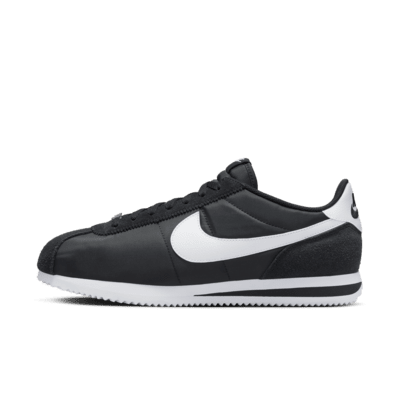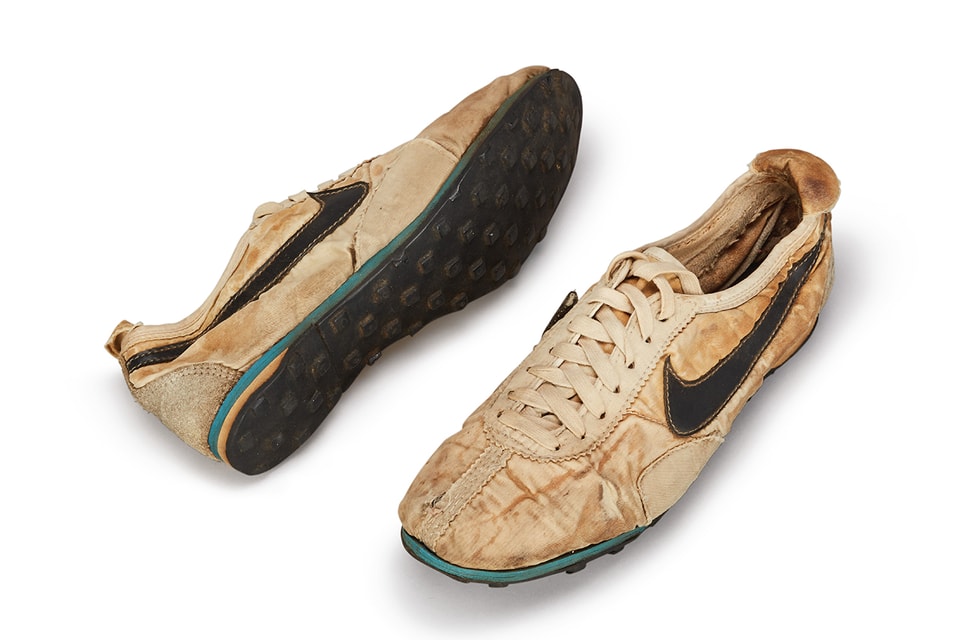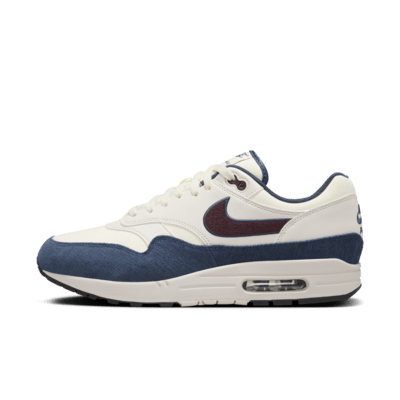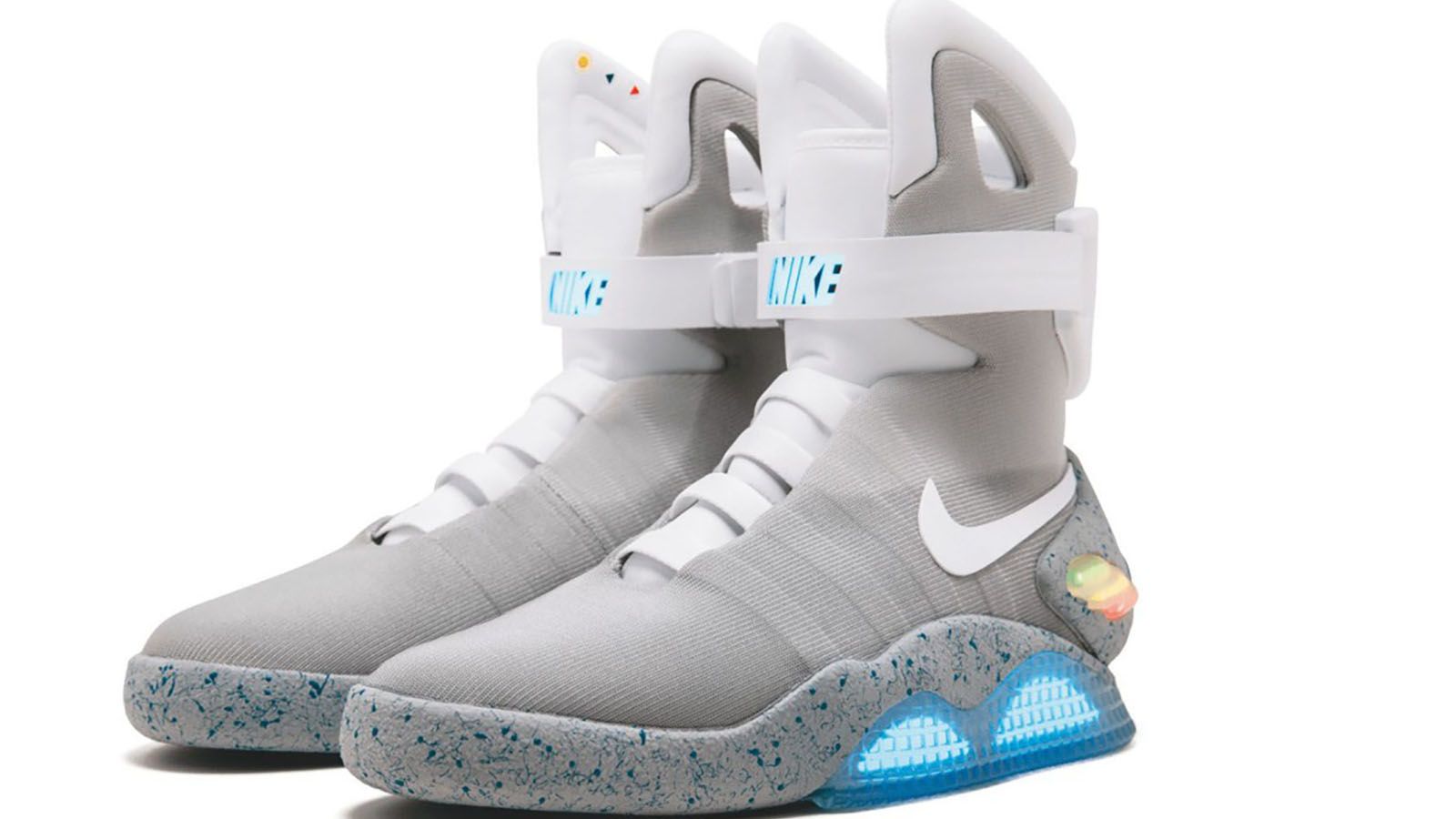Nike
1. Founding:
- Blue Ribbon Sports: Nike was originally founded as Blue Ribbon Sports (BRS) by Bill Bowerman, a track and field coach, and Phil Knight, a middle-distance runner from the University of Oregon. The company was established on January 25, 1964.
- Early Operations: Initially, BRS operated as a distributor for the Japanese shoe brand Onitsuka Tiger (now known as ASICS), selling shoes from the back of Knight's car at track meets.
First Shoe Design:
- The Cortez: In 1966, Bowerman and Knight launched their first shoe design, the Cortez. This model became popular among athletes for its comfort and durability, setting the stage for future success.

2. The Birth of Nike
Name Change:
- Nike Inc.: In 1971, as the relationship with Onitsuka Tiger began to falter, BRS rebranded itself as Nike, Inc., named after the Greek goddess of victory. The iconic Swoosh logo was created by graphic design student Carolyn Davidson for a modest $35.
First Nike Shoe:
- The Moon Shoe: The first Nike shoe was the Moon Shoe, featuring a waffle iron pattern on the sole, designed by Bowerman. This innovation provided superior traction and lightweight comfort, revolutionizing running shoes.

3. Key Milestones
Air Technology:
- Introduction of Air: In 1979, Nike introduced the Air technology, developed by aerospace engineer Frank Rudy. The Air Tailwind was the first shoe to feature air-cushioned soles, offering unparalleled comfort and performance.
- Air Max: In 1987, Nike released the Air Max 1, designed by Tinker Hatfield. It featured a visible air unit in the heel, becoming an instant hit and solidifying the Air Max line as a cornerstone of Nike's product offerings.
Endorsements:
- Michael Jordan: In 1984, Nike signed a rookie basketball player named Michael Jordan to a sponsorship deal. The partnership led to the creation of the Air Jordan line, which became one of the most successful and influential sneaker lines in history.
- Bo Jackson: Nike's "Bo Knows" campaign in 1989, featuring multi-sport athlete Bo Jackson, showcased the versatility of the Nike cross-training shoe and became a cultural phenomenon.
Innovation and Expansion:
- Flyknit Technology: Introduced in 2012, Flyknit technology uses high-strength fibers to create lightweight, formfitting, and virtually seamless uppers, reducing waste and improving performance.
- Sustainability Initiatives: Nike has committed to sustainability through initiatives like the Nike Grind program, which recycles old shoes into materials for new products, and the Move to Zero campaign, aiming for zero carbon and zero waste.
4. Iconic Products
Nike Air Force 1:
- Overview: Launched in 1982, the Air Force 1 was the first basketball shoe to feature Nike Air technology. It has since become a cultural icon, popular in both sports and streetwear.
- Cultural Impact: The Air Force 1 is celebrated for its timeless design and has been released in countless colorways and collaborations.
Nike Dunk:
- Overview: Introduced in 1985, the Dunk was designed for college basketball teams. Its simple yet versatile design has made it a favorite for customization and collaborations.
- Skateboarding Adaptation: The Dunk was later adapted for skateboarding, leading to the creation of Nike SB (Skateboarding), which further popularized the model.
Nike Air Max:
- Overview: The Air Max line, starting with the Air Max 1 in 1987, is known for its visible air cushioning and innovative designs. Each iteration, from the Air Max 90 to the Air Max 270, showcases Nike's commitment to performance and style.
- Cultural Significance: Air Max sneakers have become a staple in sneaker culture, celebrated annually on Air Max Day (March 26).

Nike Free:
- Overview: Launched in 2004, Nike Free shoes were designed to mimic barefoot running, offering flexibility and natural motion. The innovative sole design enhances foot strength and mobility.
- Popularity: The Nike Free line quickly gained popularity among runners and fitness enthusiasts for its lightweight and minimalist design.
5. Fun Facts and Cultural Impact
Innovative Marketing:
- Just Do It: In 1988, Nike launched the "Just Do It" campaign, one of the most iconic and successful advertising slogans in history. It captured the spirit of determination and has been used in various marketing campaigns ever since.
- Viral Campaigns: Nike has consistently used innovative and viral marketing techniques, such as the "Write the Future" campaign during the 2010 World Cup, which garnered millions of views and widespread acclaim.
Collaborations:
- Off-White x Nike: In recent years, Nike has collaborated with fashion designer Virgil Abloh's Off-White brand, creating highly sought-after and limited-edition sneakers that blend high fashion with streetwear.
- Artist Collaborations: Nike has partnered with artists and musicians, such as Kanye West (prior to his Yeezy brand) and Travis Scott, to create unique and culturally significant sneaker designs.

Sustainability Efforts:
- Move to Zero: Nike's Move to Zero campaign focuses on reducing carbon emissions and waste. The company aims to power its facilities with renewable energy and create products with sustainable materials.
- Nike Grind: Through the Nike Grind program, the company recycles old sneakers and manufacturing scrap into materials used for sports surfaces, playgrounds, and new products.
Global Reach:
- Market Presence: Nike operates in over 170 countries and employs more than 75,000 people worldwide. Its products are sold in retail stores, online, and through various distribution channels.
- Cultural Influence: Nike's influence extends beyond sports, impacting fashion, music, and popular culture. The brand's iconic swoosh logo and innovative products have become symbols of athletic excellence and style.

